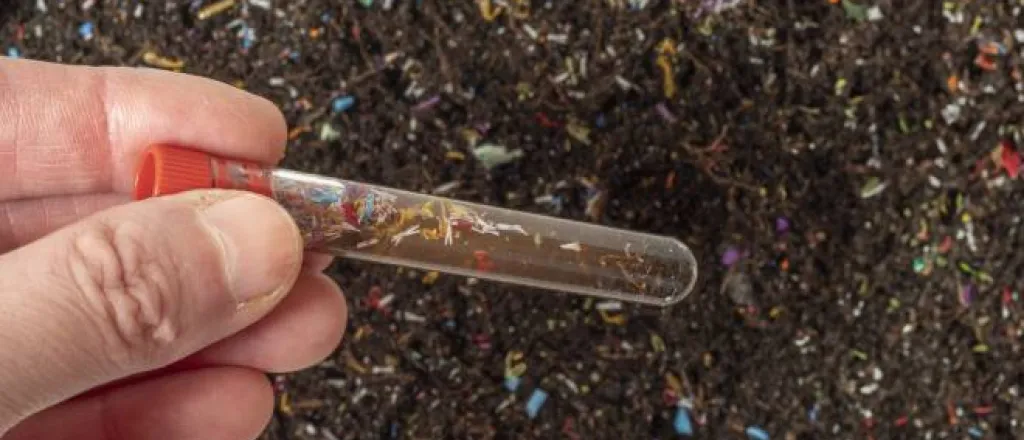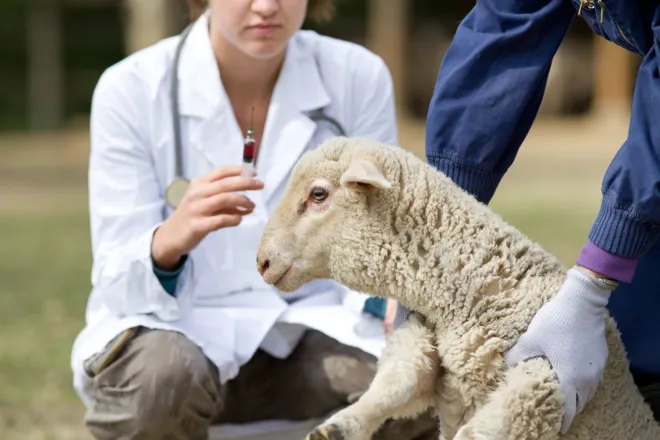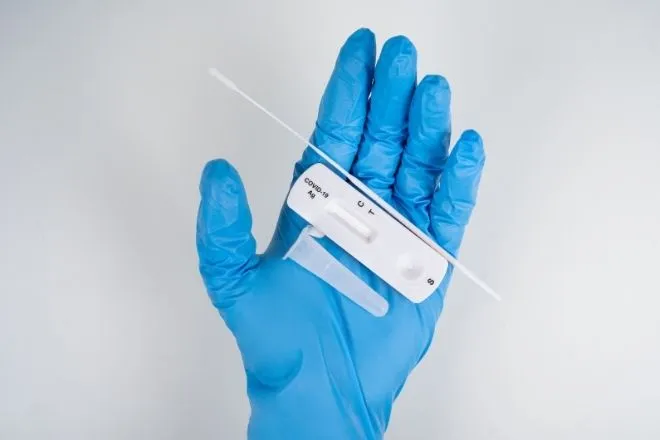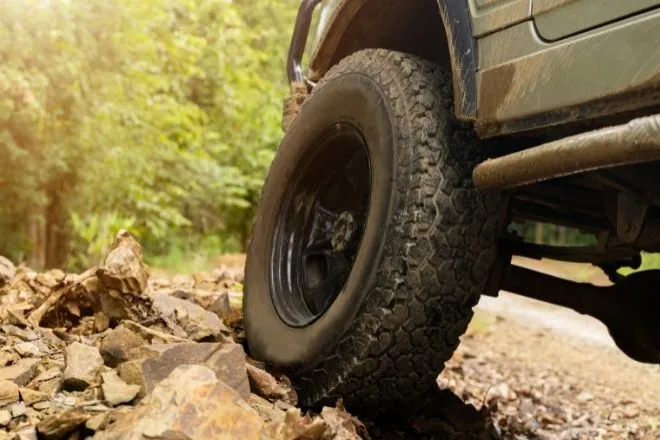
3 Farming practices that can reduce microplastics
©
Microplastics are everywhere—in our oceans, our soil, and even the food we eat. The presence of microplastics is an issue that hits close to home for farmers. These tiny plastic particles, often under five millimeters in size, can come from materials used in agriculture, such as plastic mulch, fertilizers, and machinery parts. Over time, they break down in the soil, potentially impacting crop health, soil quality, and the food supply chain. We’ll explore three farming practices that can reduce microplastics to help you protect your land and produce for the long haul.
Understanding farming practices and microplastic reduction
Successful farming depends on your soil’s health, and microplastics pose a major threat. Microplastics can disrupt the natural microbes in the soil, which are crucial for plant growth. Worse still, microplastics can have a major effect on produce, including grains, fruits, and vegetables. It also poses potential health risks for consumers in the future.
No-till farming: A cleaner way to cultivate
One of the most effective ways to reduce microplastics is through no-till farming. Traditional tilling can break down plastic residues in the soil even further, spreading it throughout your fields. Adopting no-till farming leaves the soil undisturbed and keeps any existing plastics from further fragmenting. This method also has bonus benefits such as improved soil structure and water retention.
Plastic mulching alternatives: Smarter weed control
Plastic mulch has been a convenient go-to for suppressing weeds, but it’s also a major source of microplastics. However, biodegradable mulch, straw, and similar alternatives can offer the same weed control without environmental hazards. For example, biodegradable mulch breaks down naturally over time, adding nutrients to the soil rather than plastics. Transitioning to these alternatives might require some adjustments, but the payoff for healthy soil is well worth it.
Proper management of agricultural plastics
Agricultural plastics are unavoidable in some cases, but how farmers manage them makes all the difference. Recycling programs specifically geared toward farmers can offer a practical way to dispose of used plastics without harming the soil. Proper disposal through local waste management services is critical when recycling isn’t an option. Ensuring plastics don’t end up in the soil is just one more step in fostering a healthier farm environment.
Adopting farming practices that can reduce microplastics is essential for the future of agriculture. You can protect your soil and crops while contributing to a cleaner, healthier food supply by adopting no-till farming, swapping out plastic mulches, and responsibly managing agricultural plastics. Start making these changes now and pave the way for more sustainable farming for years to come.

















